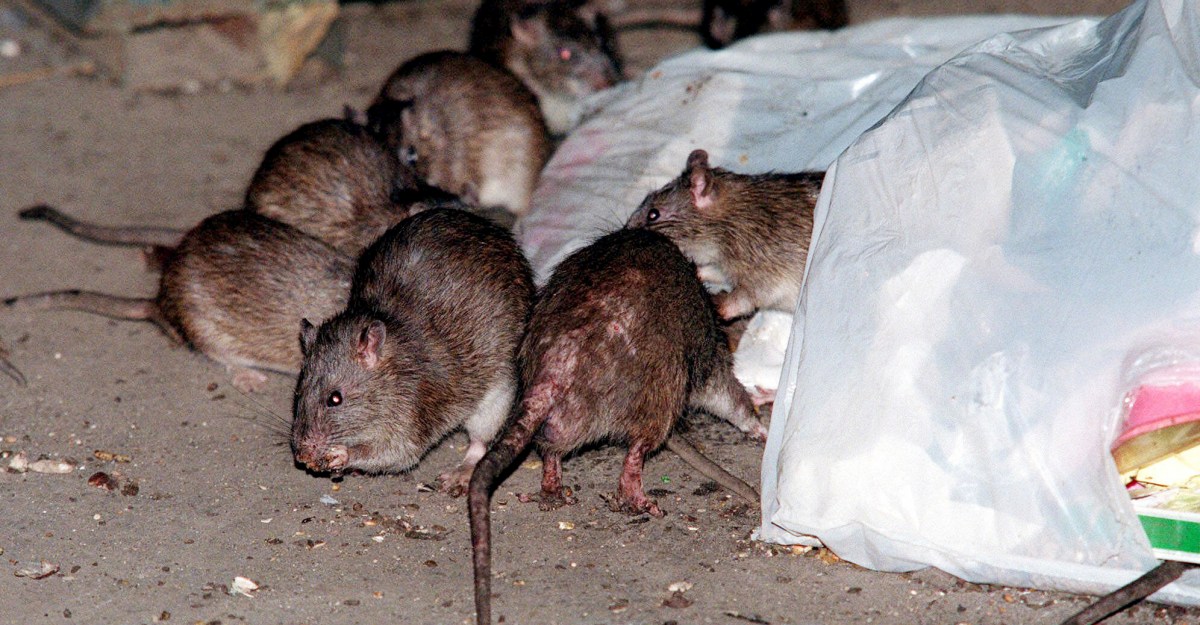Urban Rodent Crisis: Understanding the Impending Surge
As urban landscapes continue to evolve, cities worldwide are bracing for an impending increase in rat populations. The urban rodent crisis is not merely a nuisance; it poses significant public health risks that require urgent attention. Experts warn that without proactive measures, cities might struggle to manage the growing menace. This article delves into the factors contributing to the rodent population surge, the public health implications, and the preparedness of urban areas to tackle this issue.
Factors Contributing to the Urban Rodent Crisis
Several interrelated factors contribute to the rising rodent populations in cities. Understanding these elements is crucial for developing effective strategies to manage and mitigate the situation.
1. Urbanization and Habitat Modification
Rapid urbanization transforms landscapes, often creating environments conducive to rodent populations. Buildings, subways, and underground structures provide ample nesting sites. Additionally, the prevalence of dumpsters and waste bins offers a steady food supply, attracting more rodents into urban areas.
2. Climate Change
Climate change is another critical factor. Warmer winters and milder climates enable rodents to thrive year-round. Studies indicate that as temperatures rise, rodent populations expand their territories, leading to increased sightings in urban neighborhoods.
3. Changes in Waste Management Practices
Improper waste management is a significant contributor to the urban rodent crisis. Cities that fail to implement effective waste disposal systems create ideal conditions for rodents. Increased food waste left exposed and overflowing trash bins provide a feast for these pests, encouraging population growth.
Public Health Risks Associated with Rodent Infestations
The surge in urban rodent populations brings a host of public health risks that should not be taken lightly. Understanding these risks is essential for city officials and residents alike.
1. Disease Transmission
Rodents are vectors for numerous diseases that can affect humans. Some of the most concerning diseases include:
- Leptospirosis: A bacterial disease that can cause severe illness, transmitted through water contaminated with rodent urine.
- Hantavirus: A potentially fatal virus spread through rodent droppings, urine, and saliva.
- Salmonella: Rodents can carry salmonella bacteria, leading to food poisoning in humans.
These diseases can pose severe health risks, particularly to vulnerable populations, including the elderly and immunocompromised individuals.
2. Economic Impact
The economic implications of a rodent crisis are significant. Increased rodent populations can lead to:
- Higher public health costs due to disease management and prevention.
- Damage to infrastructure, resulting in costly repairs.
- Loss of tourism and business, as cities known for rodent issues may deter visitors and investors.
Are Urban Areas Prepared for the Coming Surge?
As the urban rodent crisis looms, the question arises: are cities prepared to tackle this growing problem? The preparedness of urban areas varies greatly, influenced by resources, policies, and public awareness.
1. Effective Pest Control Strategies
Many cities have begun to enhance their pest control strategies to combat the rodent surge. Measures include:
- Implementing comprehensive rodent control programs that involve regular inspections and targeted extermination efforts.
- Investing in technology, such as real-time monitoring systems that track rodent movements.
- Educating the public about proper waste disposal and sanitation practices to reduce food sources for rodents.
2. Community Engagement and Awareness
Public awareness and community engagement play a vital role in managing rodent populations. Cities that involve residents in prevention efforts often see better outcomes. Initiatives can include:
- Community clean-up events to reduce litter and waste.
- Workshops on rodent-proofing homes and businesses.
- Encouraging reporting of sightings to local authorities for timely action.
3. Long-term Urban Planning
Long-term urban planning is essential in mitigating the urban rodent crisis. Cities must consider the following:
- Designing urban spaces that minimize rodent habitats.
- Enhancing green spaces that allow for natural predators of rodents, such as owls and hawks.
- Implementing strict building codes that require rodent-proofing in new constructions.
Conclusion: A Call for Proactive Measures
The urban rodent crisis is a multifaceted issue that requires immediate and sustained attention. As cities brace for an impending increase in rat populations, it is imperative for urban planners, public health officials, and residents to collaborate in developing effective strategies. By addressing the underlying causes, enhancing pest control measures, and fostering community involvement, cities can better prepare for the challenges ahead.
In conclusion, while the threat of a rodent surge looms large, proactive measures can mitigate its impact. With the right strategies in place, urban areas can transform the urban rodent crisis from a looming menace into a manageable challenge, ensuring a healthier and more pleasant environment for all residents.
See more WebMD Network



